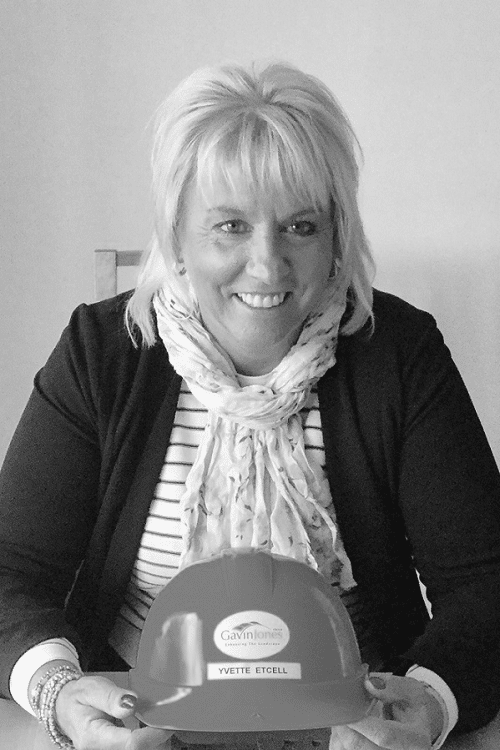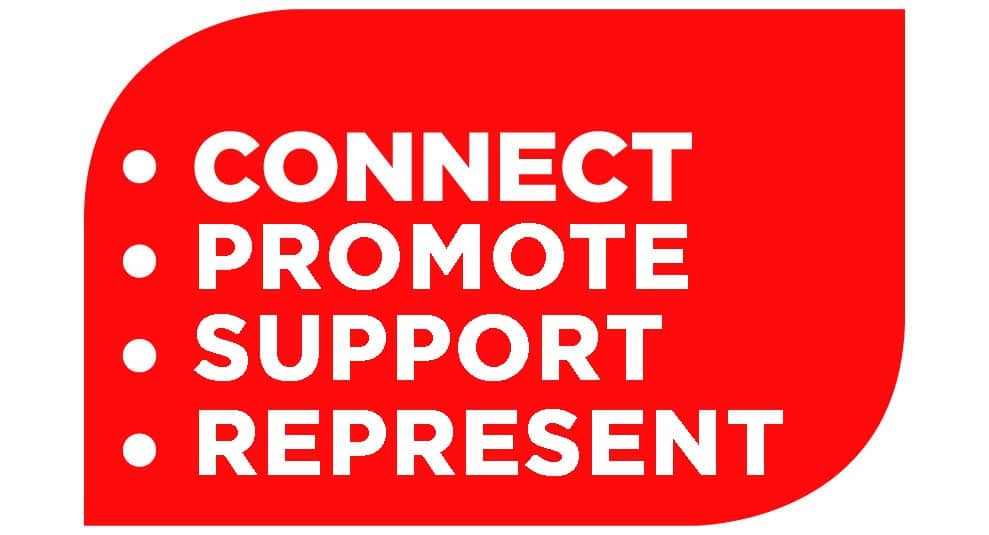Make an Action Plan to reduce your Gender Pay Gap
20th December 2018

If you have 250 employees or more you should have published your Gender Pay Gap last year. However, publishing the Gender Pay Gap is an annual requirement. Have you already thought about your 2019 publication? It is expected by the government as well as your employees of course that you are showing some progress. Ideally you have a Gender Pay Gap Action Plan.
So if you are looking to reduce the gender pay gap, where do you start? And what steps do you need to take?
Many organisations think it’s a good idea to start a women’s network or get people trained in unconscious bias. Unfortunately, this is not the way forward. Organisations that have tried, have learned that if you want to achieve real change and close the gap you cannot just focus on women or stand-alone initiatives. It’s not a one-off project or training programme that is going to make the difference. What you need instead is a wider programme just like for any other business issue.
To get to a good plan, I follow the 6 steps below.
Let me explain each step in a bit more detail
1. Assess your current situation
What do your numbers tell you about the gender pay gap? Is the overall percentage of women low? Is it about the choice of jobs? Are women advancing less than men? You may also like to compare the ratio of men/women when hiring, moving up, leaving, at each level, on training programmes and in high-potential programmes or high-profile projects. Check for differences between job roles, departments and location. Once you have the quantitative data, supplement the numbers by qualitative data from interviews and/or focus groups. What are the barriers for women? What is behind the numbers? Have a look at this case study on ‘Barriers for Women’ to see how this works in practice.
2. Build a vision and case for action
Decide why it is relevant for your organisation to work on reducing the gender pay gap. Is it about employer brand, retaining current staff, is it to connect better with clients, or is it just because you believe in being a great place to work for all?
Ideally work out your business case in bottom line numbers, and create one for each department. In research having a better gender balance could be about getting the best team, whereas in product design it could be about better understanding the market.
3. Raise awareness
Get the message out that you are keen to reduce the gap and that diversity counts in your organisation. Communicate your why, and what you are aiming for clearly. Start with the top team. If they ‘walk the talk’ the message will get across loud and clear. Here are 9 tips to get senior leaders on board with diversity. You can also consider an awareness campaign including for instance: lunch time talks, large events, videoclips, posters, stickers, pop-up messages and all staff meetings or e-mails. Networking groups or an organisation-wide dialogue can work too.
- Build gender smart skills
Ensure managers and staff have the right skills to work effectively together. Women need to follow a Women Leadership Progamme and know how they are different; it builds confidence and improves their effectiveness. Men need to know how best to communicate in mixed gender teams. Leaders need to follow a Gender Smart Leadership Programme and learn how to change their style so it works for men and women. Mentors and coaches need to know how best to support men and women. This is what I call ‘gender smart’ skills.
- Support implementation
Adapt processes so they work for both men and women. Review your people processes and check where they are typically geared for men and adapt them. You could include a review of the following processes: recruitment (channels, employee brand, advertising), hiring (assessment, interview), appraisal, learning & development, promotion and reward systems.
- Measure and reward
Little will be achieved if there is no feed back about results. Set SMART objective or targets for each area, and – after an implementation period – link them to rewards.
How to start with reducing your gender pay gap?
This may sound like a massive programme, and it can be. But you can start small, in one area and take it step by step. You can’t miss out step 1 and 2, but after that just start by looking in which areas your current projects are already contributing. You may already have some training programmes in place too. Then start with adding new initiatives in those areas where you are keen to improve results first, and of course always measure results.
If you are looking for help to build your programme, why not get in touch to have a chat? Just contact me at inge@w2oconsultingandtraining.co.uk








































